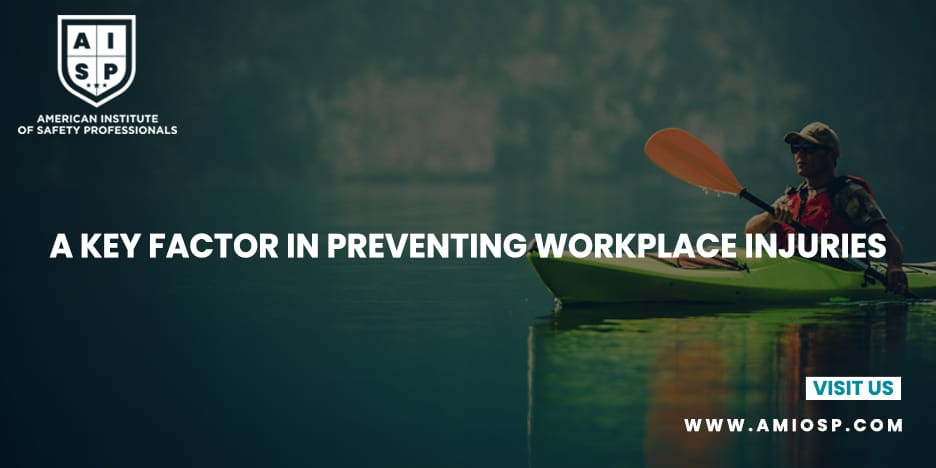Introduction
Aerial work platforms (AWPs), also known as elevating work
platforms, are commonly used in various industries to provide safe and
efficient access to elevated work areas. While AWPs offer many benefits,
working at heights still presents inherent risks. Falls from AWPs can result in
severe injuries or fatalities. Therefore, it is crucial to prioritize fall
protection and implement proper safety measures when working with AWPs. In this
blog post, we will discuss essential guidelines and strategies for fall
protection in aerial work platforms.
Understand
the Equipment
Before operating an aerial work platform, it is crucial to
fully understand the equipment. AWPs come in different types, such as scissor
lifts, boom lifts, and cherry pickers. Familiarize yourself with the specific
features, controls, and safety mechanisms of the AWP you will be using. Read
and follow the manufacturer's instructions and guidelines for safe operation.
Conduct
a Pre-Use Inspection
Performing a thorough pre-use inspection is vital to ensure
that the AWP is in proper working condition. Check for any signs of damage,
loose or missing parts, hydraulic leaks, or malfunctioning controls. Inspect
the guardrails, platforms, and safety devices to ensure they are secure and
functioning correctly. If any issues are identified, report them immediately, and do not use the AWP until repairs have been made.
Securely
Position the AWP
Proper positioning of the AWP is essential for stability and
safety. Ensure that the ground is level and capable of supporting the weight of
the AWP. Use outriggers or stabilizers, if available, to provide additional
stability. Follow the manufacturer's guidelines for setting up the AWP,
including the proper extension of outriggers, deployment of stabilizers, or
leveling the platform as needed.
Utilize
Guardrails and Fall Protection Systems
AWPs are equipped with guardrails around the work platform,
providing a primary means of fall prevention. Ensure that the guardrails are
properly installed and in good condition. Never remove or modify the guardrails
unless authorized by the manufacturer. Additionally, consider using personal
fall protection systems, such as harnesses and lanyards, when working from an
AWP. Attach the lanyard to an appropriate anchor point on the AWP or a separate
anchor point if necessary.
Stay
Alert and Follow Safe Practices
When working from an AWP, it is essential to remain vigilant
and follow safe practices. Maintain three points of contact when entering or
exiting the platform and while working. Avoid sudden movements or leaning over
the guardrails. Do not overcrowd the platform, and ensure that all occupants
are wearing appropriate personal protective equipment (PPE), including hard
hats and safety harnesses if required.
Be
Mindful of Environmental Factors
Environmental factors can affect the stability and safety of
AWPs. Be aware of wind speeds and weather conditions that may impact the AWP's
operation. Follow manufacturer guidelines regarding safe wind speeds for
operating the equipment. Avoid operating the AWP in high winds, thunderstorms,
or other adverse weather conditions that may compromise stability.
Receive
Proper Training and Certification
Operating an AWP requires specialized training and
certification. Ensure that operators have received comprehensive training on
the safe operation of the specific AWP they will be using. Training should
cover topics such as equipment operation, fall protection, hazard awareness,
emergency procedures, and proper use of controls and safety devices. Regular
refresher training should be provided to keep operators up to date with best
practices.
Regular
Equipment Maintenance
Regular maintenance is crucial to keep AWPs in optimal
working condition. Follow the manufacturer's recommended maintenance schedule
and perform routine inspections and servicing of the equipment. Regularly check
the hydraulic systems, electrical components, and safety devices. Any necessary
repairs or replacements should be carried out promptly to ensure the continued
safety and reliability of the AWP.
Conclusion
Fall protection is of utmost importance when working with
aerial work platforms. By understanding the equipment, conducting pre-use
inspections, utilizing guardrails and fall protection systems, following safe
practices, considering environmental factors, receiving proper training, and
performing regular equipment maintenance, we can ensure the safety of workers
in elevated work areas. Remember, preventing falls and prioritizing safety in
AWP operations are essential for a productive and secure work environment.












0 comments
No Comments